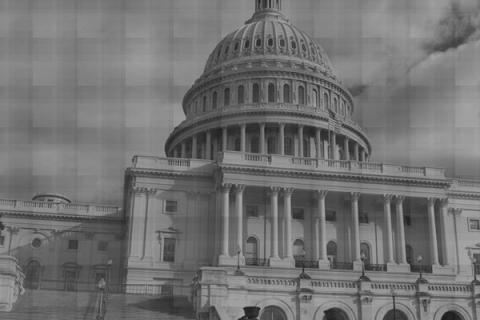Today, the Assembly Public Safety Committee will take up AB 144, legislation introduced by Anthony Portantino (D-Pasadena) to ban the open carry of a handgun in the state of California. The controversial legislation has reinvigorated the decades-long debate over the effects of gun legislation on public safety.
Writing Monday at the California Progress Report, Dr. Dallas Stout, President of the California Brady Campaign to Prevent Gun Violence, argued that open carry laws actually make Californians less safe. Stout cites three anecdotes to illustrate his point: a 4-year-old boy in Maryland who shot and killed himself last month; a 2-year-old in Louisiana who used a stool to retrieve a gun in his home and shot himself in the upper right chest; and a 5-year-old from Pennsylvania who grabbed his father's firearm and shot himself in the head.
These stories are all indeed very tragic, but do little in themselves to illustrate the effectiveness of gun control laws or the danger of open carry laws. The 4-year-old who tragically killed himself in Maryland did so despite that state's stringent gun control policies. Maryland does not allow open carry without a permit, and is one of the more restrictive of the nation's relatively few "May Issue" states for carry permits. Over 30 other states are less restrictive "Shall Issue" states. As Stout also acknowledges in his article, "Authorities are trying to figure out... how the boy was able to get access to the weapon..."
Stout is also fair enough to report that the boy from Pennsylvania "climbed onto a chair near his parents' bedroom closet and grabbed his part-time police officer father's duty weapon and accidently shot himself in the head." Stricter carry laws would not have prevented this tragedy either. Anecdotes like these are subject to endless qualifications and debate, and while emotionally powerful, do not necessarily paint a statistically sound and accurate picture of how a policy actually affects the lives of the people in a given state or jurisdiction.
A more useful argument is Dr. Stout's assertion that a "gun is 22 times more likely to be used in a homicide, suicide or unintentional shooting than to kill in self-defense." While studies have shown that a gun owner is statistically at greater risk from his or her own weapon than they are likely to use it in self-defense, that proves only that owning a gun might make the gun owner less safe, not that more permissive gun laws make society at large less safe. In fact, the overwhelming statistical evidence to the contrary shows a powerful correlation between more permissive gun laws and lower rates of violent crime.
According to a University of Chicago interview with Dr. John Lott, economist and author of More Guns, Less Crime, data for all 3,054 counties in the United States during the 18 years from 1977 to 1994 demonstrate that:
"There is a strong negative relationship between the number of law-abiding citizens with permits and the crime rate—as more people obtain permits there is a greater decline in violent crime rates. For each additional year that a concealed handgun law is in effect the murder rate declines by 3 percent, rape by 2 percent, and robberies by over 2 percent."
So while it is statistically true that owning a gun might actually make you and your household less safe, the fact that a potential criminal knows that you have the legal right to own and carry a gun makes society more safe. It doesn't take a Ph.D. economist like Lott to understand the incentives involved. A criminal has a strong disincentive to attempt a mugging in an alley when there is any reasonable chance that his victim could be carrying a gun. That's why jurisdictions with notoriously strict gun control measures paradoxically tend to suffer from the worst rates of violent crime-- that is, places like Washington DC, Chicago, and even the United Kingdom.
Will gun control make California safer? That all depends on what you mean by "safe," but if we put it down to rates of violent crime, all indications from decades of data in hundreds of cities, states, and counties seem to declare a resounding "No."

